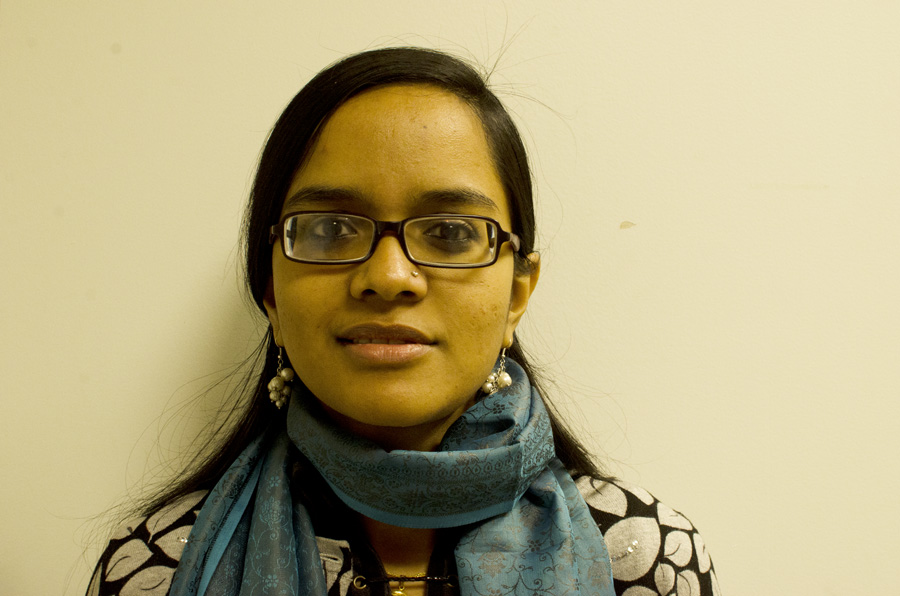Two weeks ago, Statistics Canada released a report on Canadians’ linguistic characteristics. The report’s results suggest that while bilingualism is on the rise, about 20 per cent of Canadians reported speaking a language that wasn’t French or English at home. Following the publication of the report, the question of whether multiculturalism is eroding the ‘core Canadian identity’ is doing the rounds.
Multiculturalism was introduced as a Trudeauian liberal-socialist policy in the ‘60s. While it was encouraged and extolled as contributing to the Canadian ‘cultural mosaic,’ there has been a recent reversal of sentiments in some circles.
In his book Delecteable Lie, Professor Salim Mansur, a Muslim born in Calcutta who immigrated to Canada 40 years ago, stacks a pile of arguments against the adoption of multiculturalism as national policy. According to Professor Mansur, the growing dissent stems from the notion that multiculturalism attenuates the goal of individual liberty over collective equality. The loss of one ‘core Canadian identity,’ he argues, is attributed to the proliferation of sub-identities that do not resonate with the whole.
Multiculturalism may have been a by-product of the counter-culture spirit of the ‘60s. Yet, it has been so deeply entrenched in the Canadian fabric that it might well define the Canadian identity today. Imposing restrictions, such as a language policy, are antithetical to democracy in Canada. Such a policy leads to the creation of a monochromatic society that might keep out people from diverse backgrounds, as it is designed to integrate only like communities. Diversity, however, is at the crux of Canadian identity and the freedom that every Canadian enjoys stems from it. It is this that binds Canada together as one whole—stoic and stable in a world rife with turmoil, economic or otherwise.
The other aspect to answering this question lies in understanding identity. Symbols such as a national sport—or unofficial ones such as local food—are strong binders glueing a sense of unity into the common psyche. While these are sufficient for a national identity, they are by no means completely necessary or even complete. In light of additional factors, such as a conducive environment for multiple cultures to thrive, these become redundant factors.
Richard F. Day, a noted Canadian historian, believes that there is an incompleteness associated with the idea of identity. The only way any country can appear complete is by imposing certain subtle restrictions that create a so-called unity among its citizens. The solution to this issue of incomplete identity lies in open acknowledgement of the ‘impossibility of full identity.’ Understanding and appreciating differences are key in creating an inclusive atmosphere that in turn will foster a true sense of unity.
While there is a shared common identity as a Canadian, our government does not baptize its citizens in the name of homogeneity. There is ample freedom to practice one’s own customs and traditions. Rather than seeing these as competing identities impeding overall progress, they are symbiotic that have common points of overlap.
New Canadians choose to immigrate with the intention of bettering their quality of life in a new land of promise and dreams. Hard-working immigrants, yearning for a better life, become a contributing key asset to the host country. But to reaffirm an immigrant’s conviction and loyalty to his new home, the host country must not only be tolerant, but also welcoming, of his unique culture.
Instead of a slippery slope creating a society divided by ethnic difference, I believe multiculturalism is the bridge towards embracing inherent diversity while warmly inviting newer citizens to join and recreate the whole. Multiculturalism—and the growing percentage of Canadians who speak languages other than English or French—should be seen as an empowering feature of the Canadian identity.







